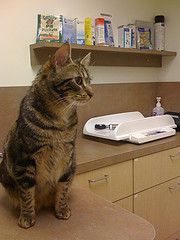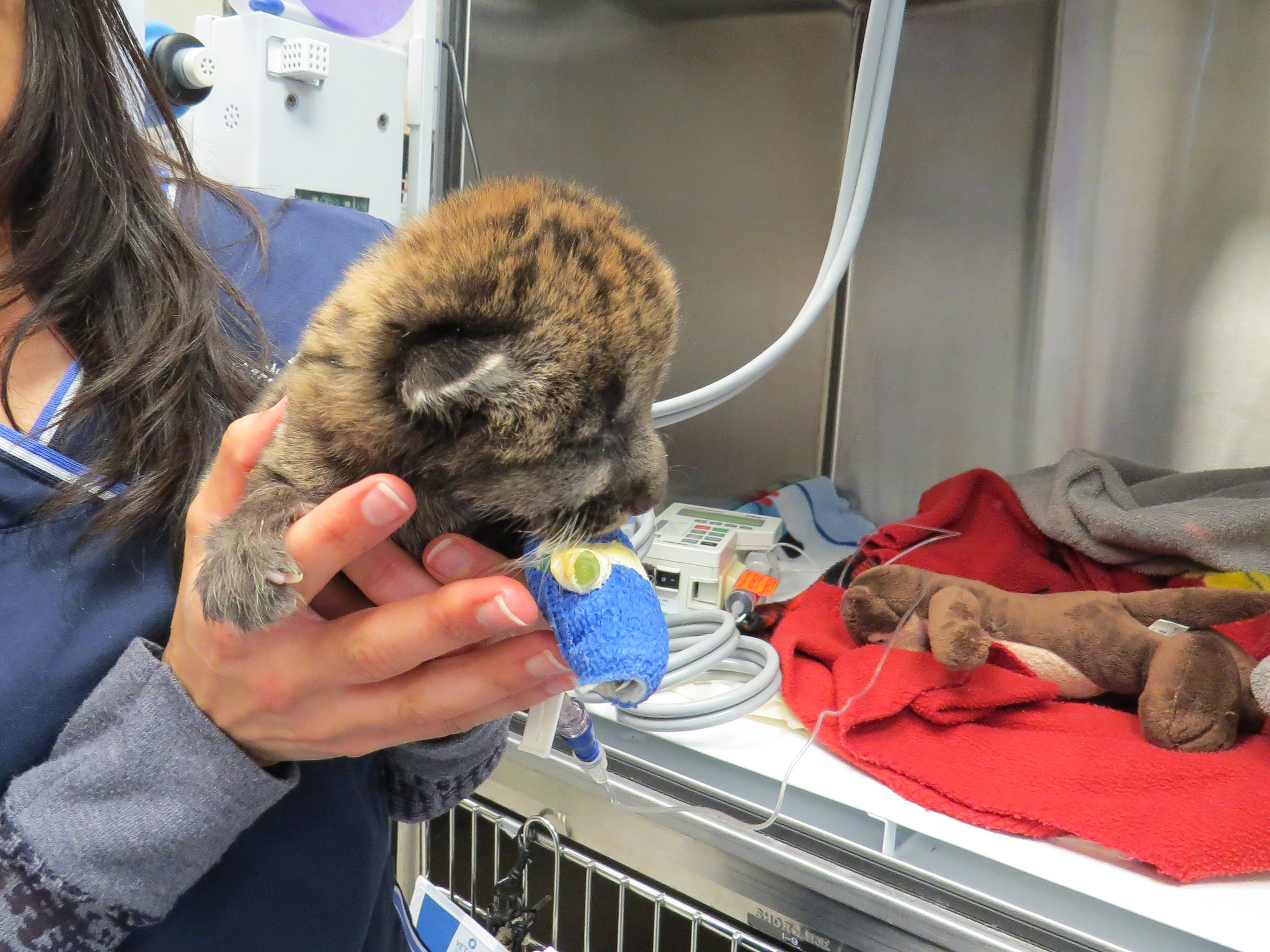Crafting a CV or Resume for Veterinary Roles
 Writing a CV should never be a practice session for your copy-and-paste skills. Each CV you write should be tailored specifically to the job you are applying for in that moment. It is true that some of the information, such as your name and contact info, will be copied from one CV to the next. However, the rest of your personal, education, and work history information can (and should) be reworked to fit the role you aim to land with a specific employer.
Writing a CV should never be a practice session for your copy-and-paste skills. Each CV you write should be tailored specifically to the job you are applying for in that moment. It is true that some of the information, such as your name and contact info, will be copied from one CV to the next. However, the rest of your personal, education, and work history information can (and should) be reworked to fit the role you aim to land with a specific employer.
If you are currently seeking a position as a veterinarian in a new clinic or hospital, or have just entered the career field, you’ll need to write a CV that catches the eye of recruiters in the veterinary field. The following guide will help you craft an organised CV that emphasises your strengths as a clinical professional, and the personal characteristics you possess that make you the perfect Vet.
Wow the Employer
The best way to start your CV for a veterinary position is to lead off with a summary of your qualifications for the job. Starting a CV with your qualifications is a great way to catch the recruiter’s eye and display the benefits of hiring you right off the bat. Be careful not to list all of your qualifications when you are putting together this section of your CV. You want to keep your focus on the qualifications that are relevant to the veterinary position and environment in question. As an example, let’s say you studied Applied Animal Welfare; you could highlight how you improved awareness of animal husbandry and welfare, physiology and cell biology and immunology while studying conservation biology, evolution, genetics and domestication.

Rather than taking a dry approach that just includes the kind of animals you worked with and procedures performed, go deeper into your work.
Chronicle Your Education
Veterinarians complete a lengthy education process to become certified in their field. It would be a shame to have spent all that time in education and not highlight that work on your CV when applying for a new position. There are competing schools of thought on how to construct your education section, but in most cases, recruiters prefer to see reverse chronological order. This allows them to trace your education from start to finish and visualise the path you followed during your education and training.
In addition to highlighting your degree programs and date of completion, be sure to specify both major and minor fields of study. When relevant, list specific courses taken that apply to the current role. For example, if you completed an internship in equine medicine, list that on your CV. Use sound judgment in listing individual courses. While your equine medicine experience may not matter at a clinic in a city, such as London, a rural clinic in Somerset may value that if local farmers bring horses in on a routine basis.
Professional Experience
Your professional experience should be listed in the same order as your education. List your experience starting with your most recent position, and work your way back to your graduation date. Be thorough when putting together your professional experience section. Include full-time positions, internships, residencies, and even volunteer work.
As you list each position you’ve held, include the job title, name and location of your employer, and dates of employment in that position. For each position you list, be sure to provide information about your duties in that role and any accomplishments or recognition you earned while employed there. Try to think outside the box and add some creativity when putting together your work experience section.
For example, rather than taking a dry approach that just includes the kind of animals you worked with and procedures performed, go deeper into your work. Specifically point out achievements working for that employer (such as difficult surgeries completed) and how it benefited the clinic or hospital (did your reputation bring in more clients?).
Additional/Optional Information
Generally speaking, there is no maximum length for a CV (2-3 is “average”). However, that shouldn’t be considered a license to list every possible fact about yourself and drag out your CV over several pages. Be precise in your information and try to keep it short and simple, when possible. If you feel that you have qualifications, experience, or skills that fall outside your previous education and work experience, you can add a final section with additional information.
If you follow this guide closely, you’ll be able to write a CV for a veterinary position that is clear and concise. You’ll call attention to your education, skills, and experience, while highlighting the benefits you have to offer your potential employer.
Image credits:
Image 1: “Ozu at the vet” ©Greg Dunlap – https://flic.kr/p/5gyz14
Image 2: “Kitten in Vet Clinic 2” ©Florida Fish and Wildlife – https://flic.kr/p/jCgfMk
